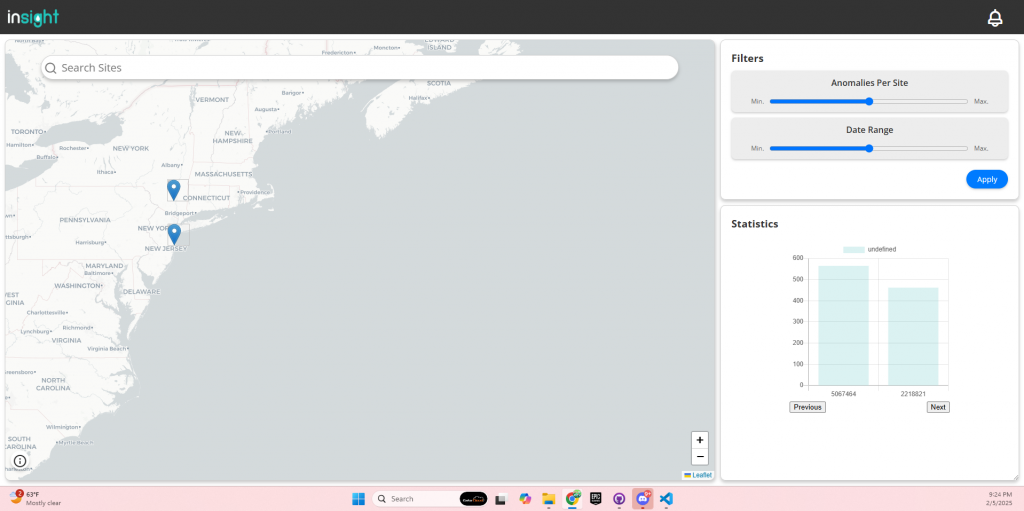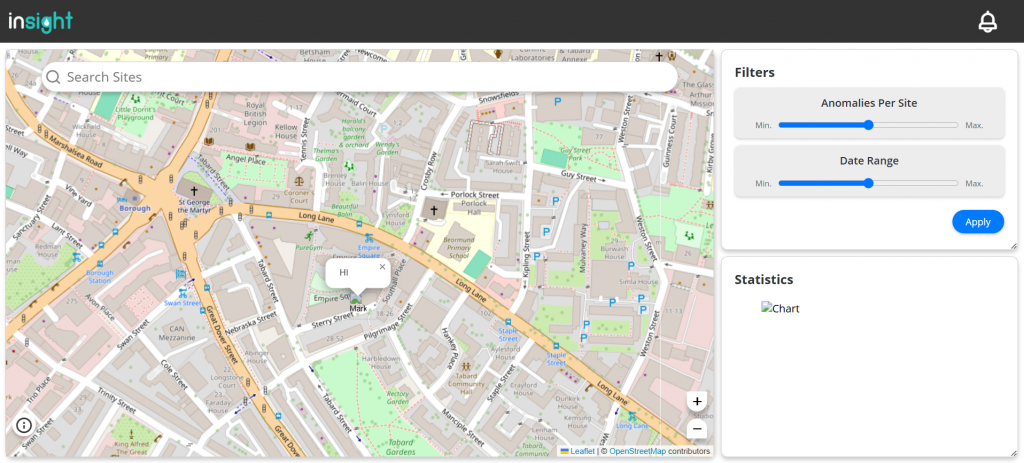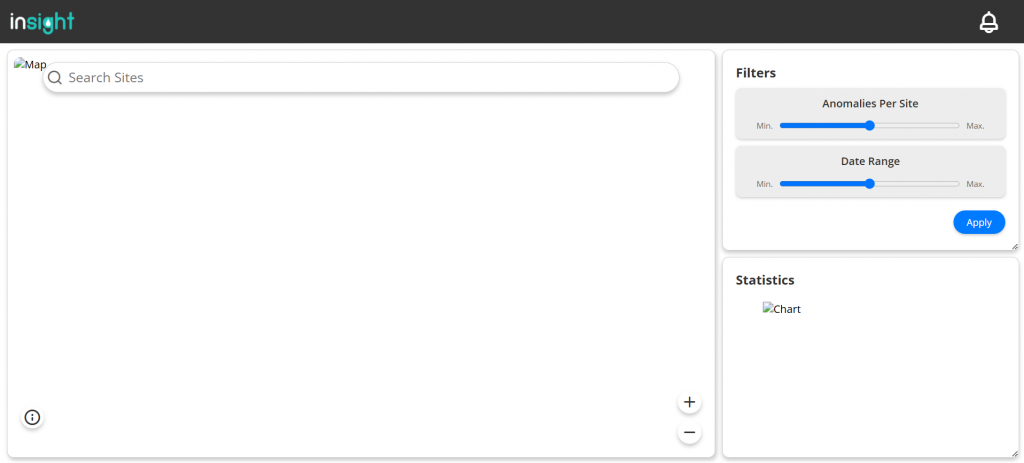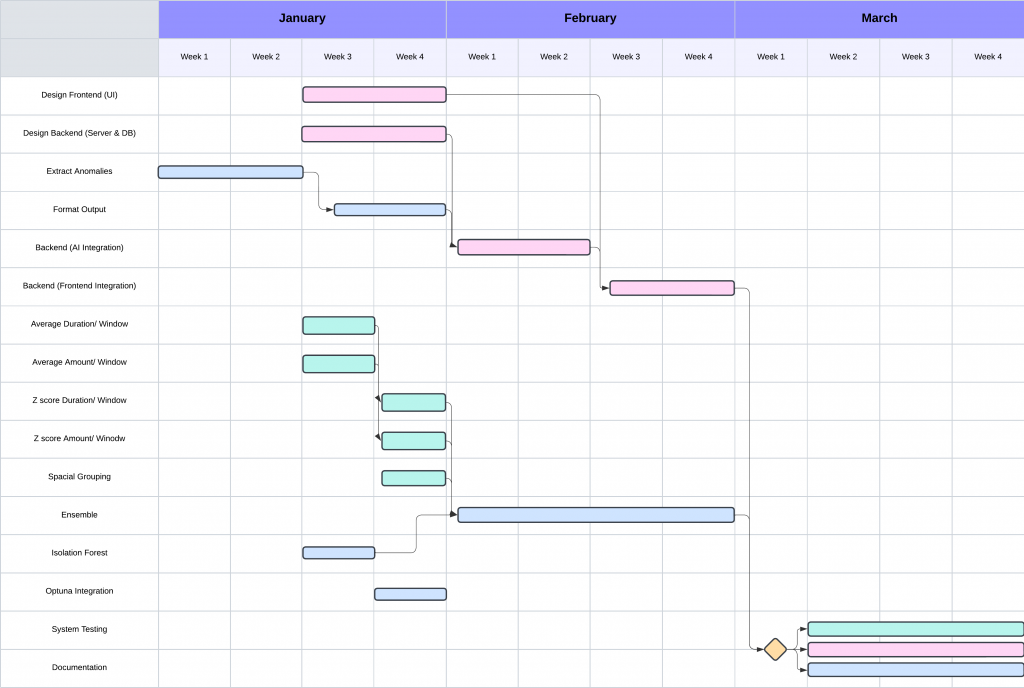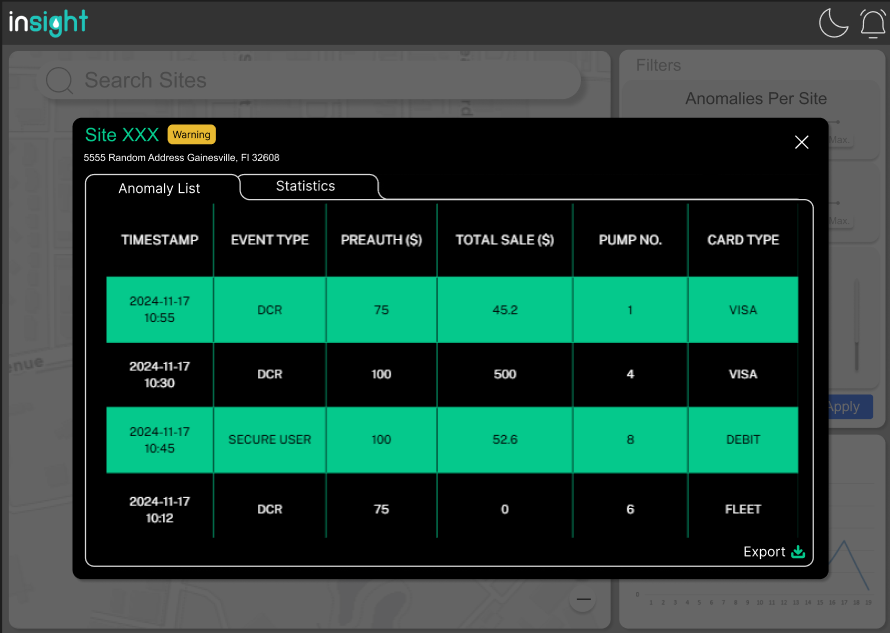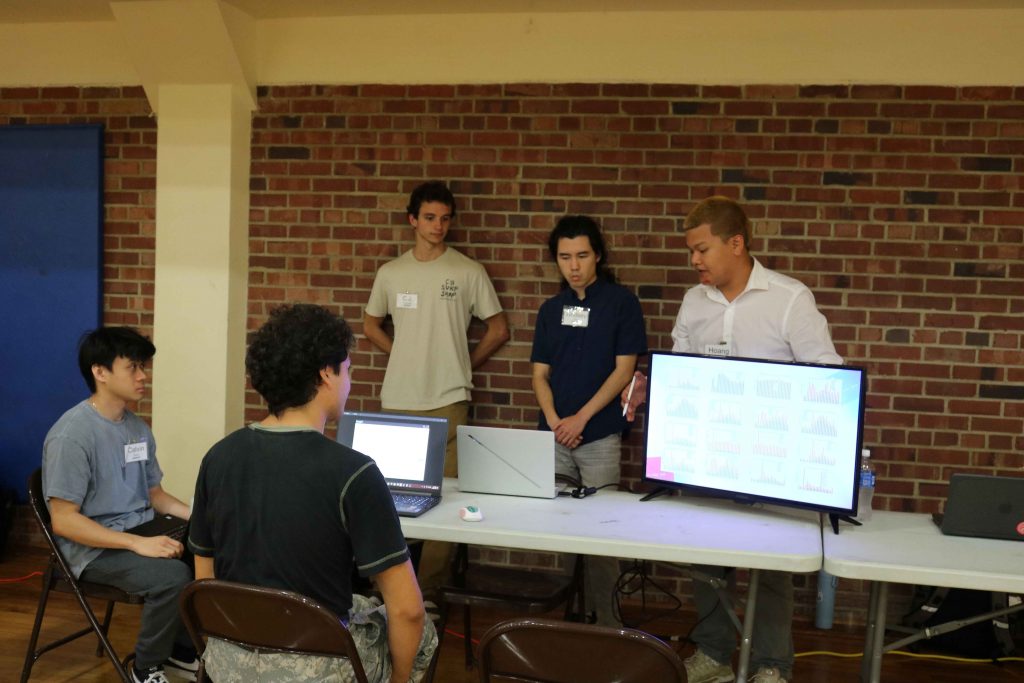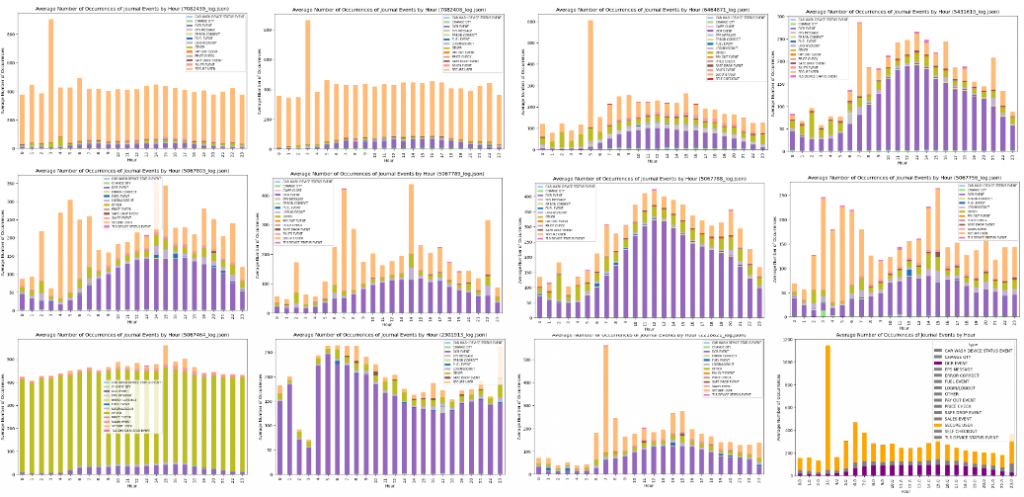This week marked significant strides in our Verifone project. Each team delivered key accomplishments, moving us closer to our goals. The collaboration between the UI, Feature Engineering (FE), and Machine Learning (ML) teams demonstrated remarkable synergy as we tackled core components and refined functionalities across the board.
The UI Team reached a significant milestone by completing the site selection of core visual components and their integration. While site-specific statistics remain in progress, clustering sites on the map has been implemented, providing a more intuitive way to visualize the data. Additionally, the search bar is fully functional, seamlessly integrated with the map, and includes improved statistics details to enhance usability.
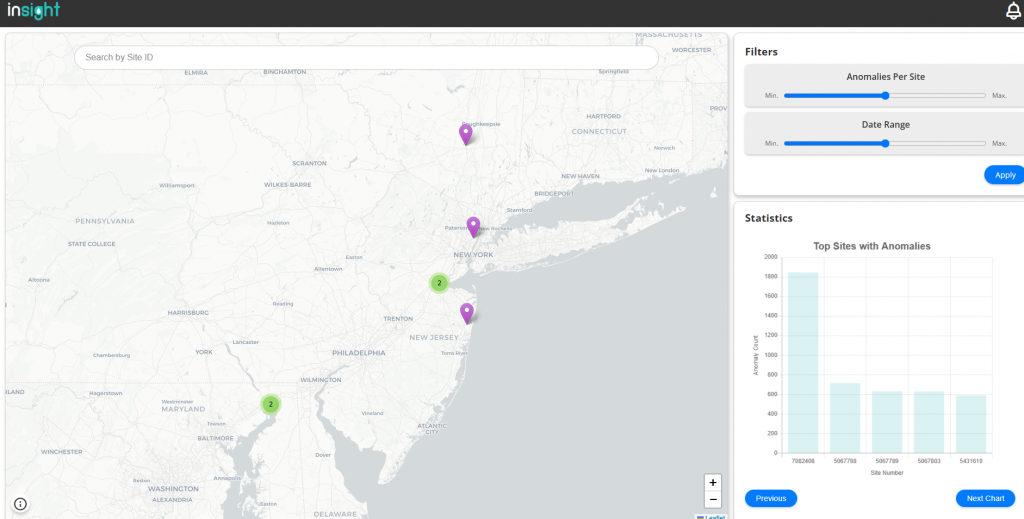
The Feature Engineering Team shifted its focus to feature correlation analysis, which will help us identify and limit feature redundancy. The team also made significant headway in building the pipeline to simulate multi-site data live streams, ensuring a reliable feed into the broader data processing pipeline.
On the Machine Learning Team, spatial models saw a breakthrough with the successful implementation of Gaussian Mixture Models (GMM) and DBSCAN. The team also fixed the long-term memory issues in the CNN-LSTM model and completed the ensemble pipeline. Synthetic data testing and debugging were conducted to validate these models, paving the way for more accurate predictions and insights.
As we prepare for the coming week, each team has outlined clear goals to maintain momentum. The UI team will finalize site-specific statistics and explore implementing filters and dynamic cluster/marker colors based on volume. The Feature Engineering team will wrap up feature correlation analysis and work on reformatting to reduce preprocess runtimes. Meanwhile, the ML team plans to isolate and benchmark different ensemble models, fine-tune atomic models, and adjust ensemble weights.
We are set for another productive week with consistent progress across all teams. Let’s keep up the excellent work! All teams, we are set for another productive week. Let’s keep up the excellent work!
